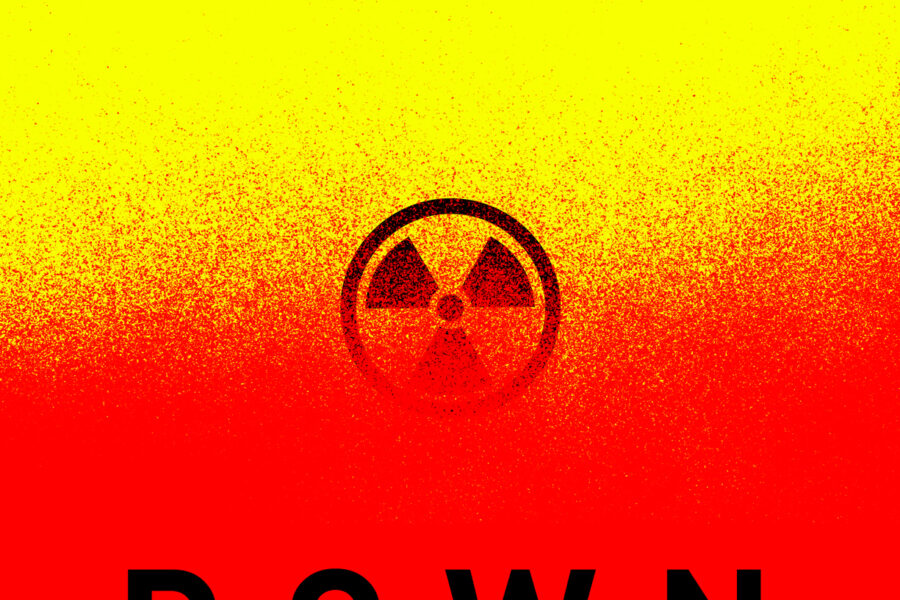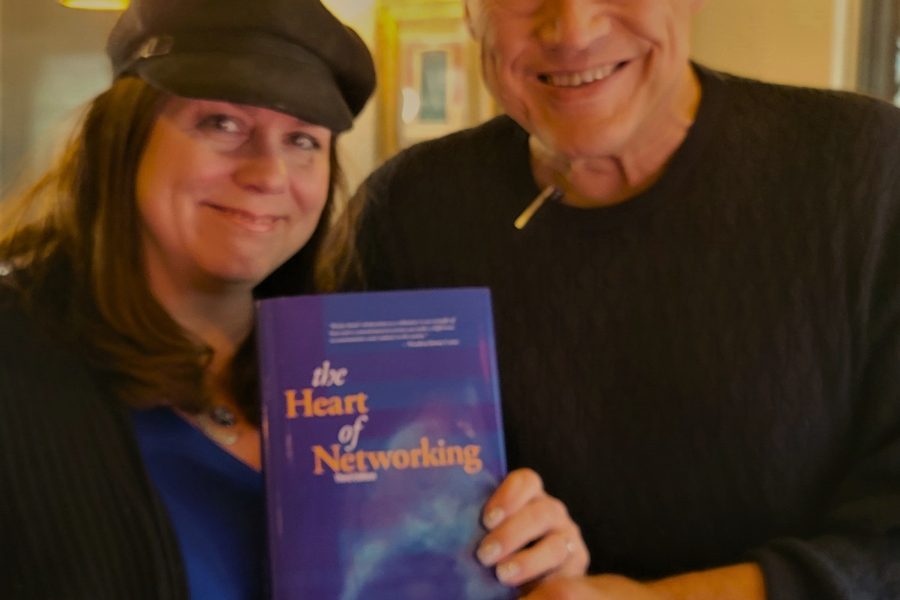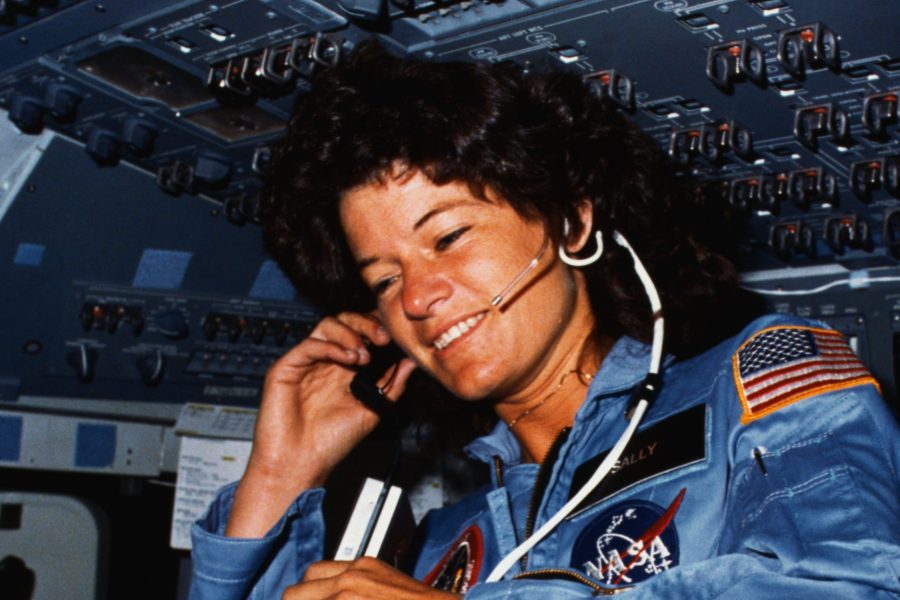As science news journals go, CDC’s MMWR is perhaps one of the most recognized in the world. First published in January 1952, the Morbidity and Mortality Weekly Report has come a long way in its six decades of no-nonsense reporting of what ails the American public.
With more than 254,000 readers, mostly public health workers and clinicians, the MMWR has earned the moniker, “the voice of CDC” as the agency’s primary vehicle for scientific publication of timely, objective, and useful public health information and recommendations. Under the influence of CDC’s first chief epidemiologist Alexander Langmuir, MMWR continues to communicate high‐quality science presented in clear and crisp prose.

Author and Vanity Fair Editor-at-Large Cullen Murphy best captured the eclectic and unique character of MMWR in his entertaining essay, “Misfortune’s Catalogue,” published in 1984 in The Atlantic Monthly. In the piece, he noted one of the characteristics of MMWR its “high-caliber” writing that he compared to Ernest Hemingway “as retold by Strunk and White.” Each summary,” Murphy observed, “like the affliction it describes, has a precisely defined beginning, middle, and end. Satisfied that the facts will carry the story, the editors do not play games.”
I recently caught up with Charlotte Kent, PhD, MPH, MMWR’s executive editor, to learn more about the inner workings of this staple in public health breaking news. Charlotte has worked at MMWR since the end of April 2014, first as acting editor and chief and in January, she was named to a new role as executive editor, charged with modernizing the journal.
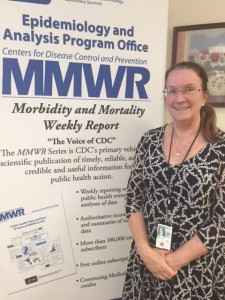
Kent has more than 24 years of public health experience, working internationally as the director of the AIDS Epidemiology Unit for the Swiss Federal Office of Public Health in Bern, Switzerland, during 1990-1991; at the local level as the chief, Epidemiology Unit, STD Prevention and Control Services at the San Francisco Department of Public Health for 15 years; and for four years with CDC as the chief of the Health Services Research and Evaluation Branch in the Division of STD Prevention.
Q. MMWR is the gold standard in public health reporting. How is this kind of writing unique?
Charlotte: What’s a little different about MMWR writing is it’s short and crisp. We are a public health bulletin. We are not a typical peer-reviewed journal that has a mixture of brief reports and full reports that are 3,000 words. Our full reports have a word count target of 1,400 words, and notes from the field is 500 so it’s short and crisp.
Q. What are you focused on in your new role? Any improvements to MMWR you have planned?
Charlotte: We are implementing whole new production processes – we hadn’t made any changes in 10 years. So, our publication hadn’t been widely indexed. We are converting our content from HTML-based to XML-based to better meet publication standards and make it easier to find on search engines. Also, our website is going to be in the new CDC template, which will be responsive design so it will look good whether you are looking at it on a phone versus a tablet or your desktop.
 We also have an app called MMWR Express, which is just for IOS [Apple] systems but we’re about to launch an Android-based app. Once we modernize and make our series of publications more appealing for mobile users, then we’ll do a lot more outreach to students to encourage them to start using MMWR.
We also have an app called MMWR Express, which is just for IOS [Apple] systems but we’re about to launch an Android-based app. Once we modernize and make our series of publications more appealing for mobile users, then we’ll do a lot more outreach to students to encourage them to start using MMWR.
Q. I really like your presence on Twitter and the use of visuals — graphics and other images to grab people. How important social media to your outreach?
Charlotte: Starting in May 2014 we started implementing more social media best practices. That includes posting more frequently, sharing more of our content and using more compelling images.
Putting our content on social media has increased the click throughs to our content by 360%. For a lot of people social media is about how much engagement you get. For us, that is one measure. But we also want to drive people to our publication.
Q. How does it feel to be the voice of CDC?
Charlotte: It makes it a really fun job because you have the opportunity to present the voice of CDC. One thing that’s amazing about working here is it’s one of the most dedicated staffs I’ve ever seen in a program. They are so committed to this work. One thing we are really fortunate about is we have a product that comes out every week and so you get to see your mark every week. There are staff who have been here 22, 24, 13 years. There is tremendous longevity amongst the staff.
Q.What are the most important tenets of good writing that you think are most important to remember when communicating to MMWR readers?
Charlotte: We want to do everything we can to make the writing as clear and straightforward as possible. I’ve also been trying to use more plain language. Overall, the agency’s goal to not encourage initialisms and acronyms. Having less initialisms and acronyms is a way to enhance that further.
Q. What have been your most meaningful editions of MMWR that you have worked on?
Charlotte: One that comes to mind was on the control of Ebola virus in
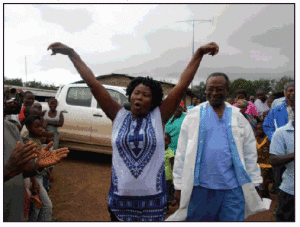
Firestone District, Liberia, published in October 2014. It describes one of the first successes fighting Ebola. People were definitely panicking and this gave them a model of how people could be successful.
I particularly loved this image. The photograph was of an Ebola survivor, accompanied by a medical director, being welcomed by her community in Firestone District. She was the first survivor from this district.
At that time, I was assigned to work in CDC’s Emergency Operations Center (EOC) in my capacity as editor-in-chief of MMWR. I actually had this image on my wallpaper in the EOC and it was something that people really appreciated – it inspired hope.
Throughout CDC’s history when we are engaged in a health response, the MMWR is often seen as the primary vehicle for getting information out about the response. So, I was actually sitting in the EOC to help facilitate that. In the fall [during the height of the West Africa Ebola outbreak], we broke records of how many MMWR releases we did at one time and how many early releases we did. We were a vehicle for breaking news for CDC during that crisis.
Another report that I was very invested in was improving burial practices — it talked about things that were done to overcome some of the barriers to implementing safe burials. A lot of people here in the U.S. couldn’t understand why people in West Africa were not doing safe burial practices. There’s a number of reasons – for one, people don’t have the financial resources to send their dead off to a funeral home. It’s natural and part of their culture to take care of their dead. But they also were really horrified what they saw how people were being buried in mass graves. I thought it was important to show certain images in this report, including a photo where multiple bodies were in the same shallow grave. I hoped it would help people better understand why there was resistance. Until you can create burial practices that are safer and more dignified, there’s going to be resistance.
Q.What’s the one thing you think would surprise people about producing MMWR?
Charlotte: I think there is a period where the MMWR was thought to be really, really hard to work with — at different periods of time, it’s had that reputation. I think overall, that people would be surprised by how easy the process is for authors and how pleased most authors will be with the quality of their piece after we have helped them work with it.
Q. What’s been the most gratifying of your job so far?
Charlotte: There’s been three things that have been really gratifying. One is working with such a stellar, committed staff who take such pride n the work they do. Two is being part of this modernization process, and three, I really have enjoyed the opportunity to improve and enhance some reports.




